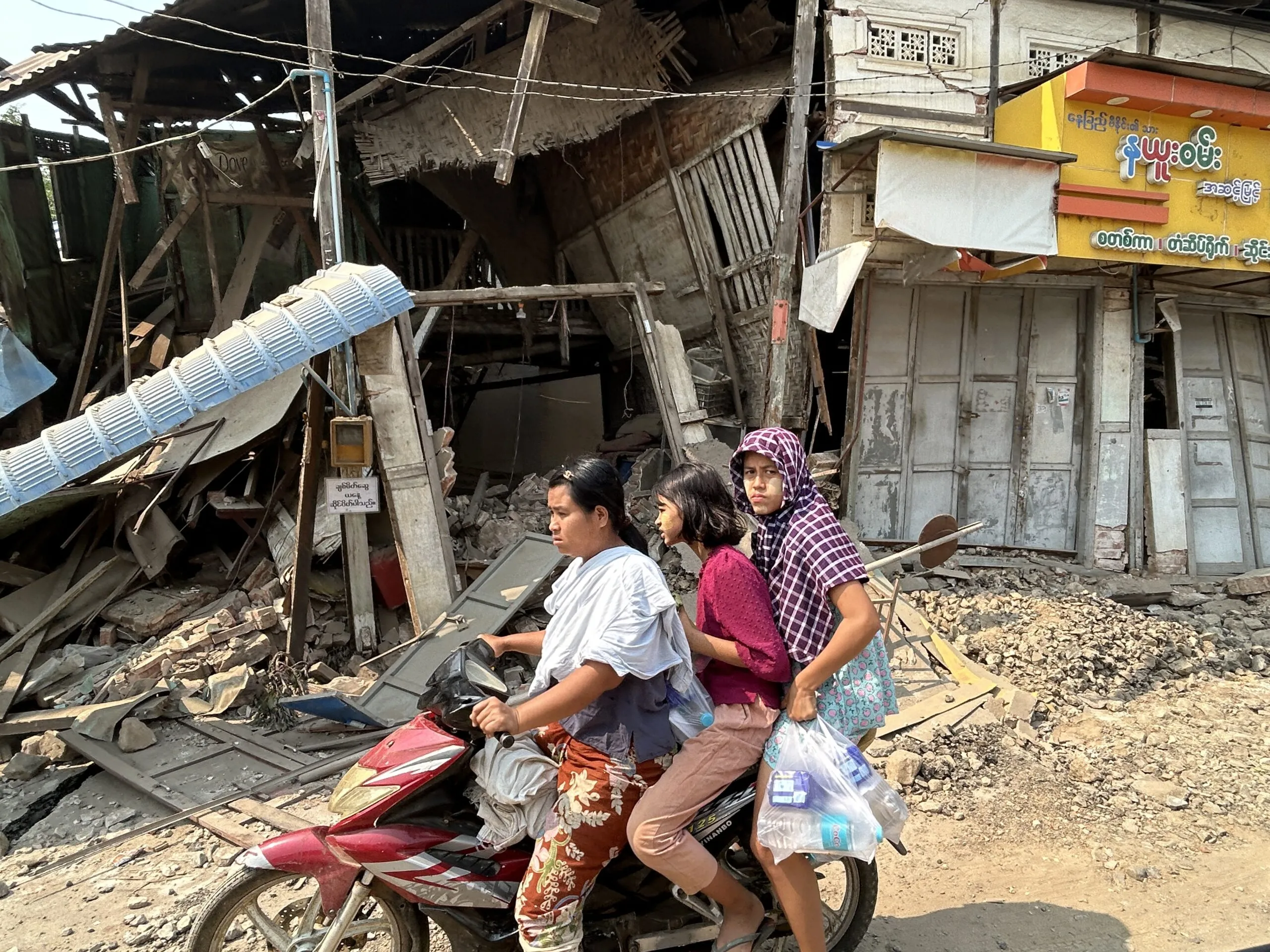A powerful 7.7-magnitude earthquake struck Myanmar on March 28, 2025, causing widespread devastation and loss of life. The epicenter was near Mandalay, Myanmar’s second-largest city, leading to the collapse of numerous buildings and infrastructure. The tremors were felt across neighboring countries, including Thailand and China’s Yunnan province.
In the immediate aftermath, neighboring Southeast Asian nations swiftly mobilized to assist Myanmar. Indonesia dispatched a 53-member search and rescue team, along with 12 tonnes of humanitarian aid, including tents, food, and logistical supplies. The head of Indonesia’s National Disaster Mitigation Agency, Suharyanto, emphasized the urgency of the situation, stating, “The earthquake has caused massive suffering. As of today, the death toll stands at around (2,700), but there are still plenty of people who must be saved.”
China also responded promptly, pledging 100 million yuan (approximately $13.8 million) in relief assistance. The aid package included vital supplies such as tents, blankets, emergency medical kits, food, and clean drinking water. President Xi Jinping expressed his condolences to Myanmar’s junta leader, Min Aung Hlaing, offering unwavering support for the affected communities.
Despite these efforts, the scale of the disaster posed significant challenges to rescue operations. Continuous aftershocks and damaged infrastructure hindered access to affected areas. In Thailand, a 30-story under-construction building in Bangkok collapsed due to the quake’s impact, trapping up to 100 workers. The six-week operation to rescue victims from the debris was challenging due to the massive rubble.
As rescue teams continue their efforts, the international community remains committed to supporting Myanmar in its recovery and rebuilding process. The disaster has underscored the importance of regional cooperation and preparedness in the face of natural calamities.











Leave a comment